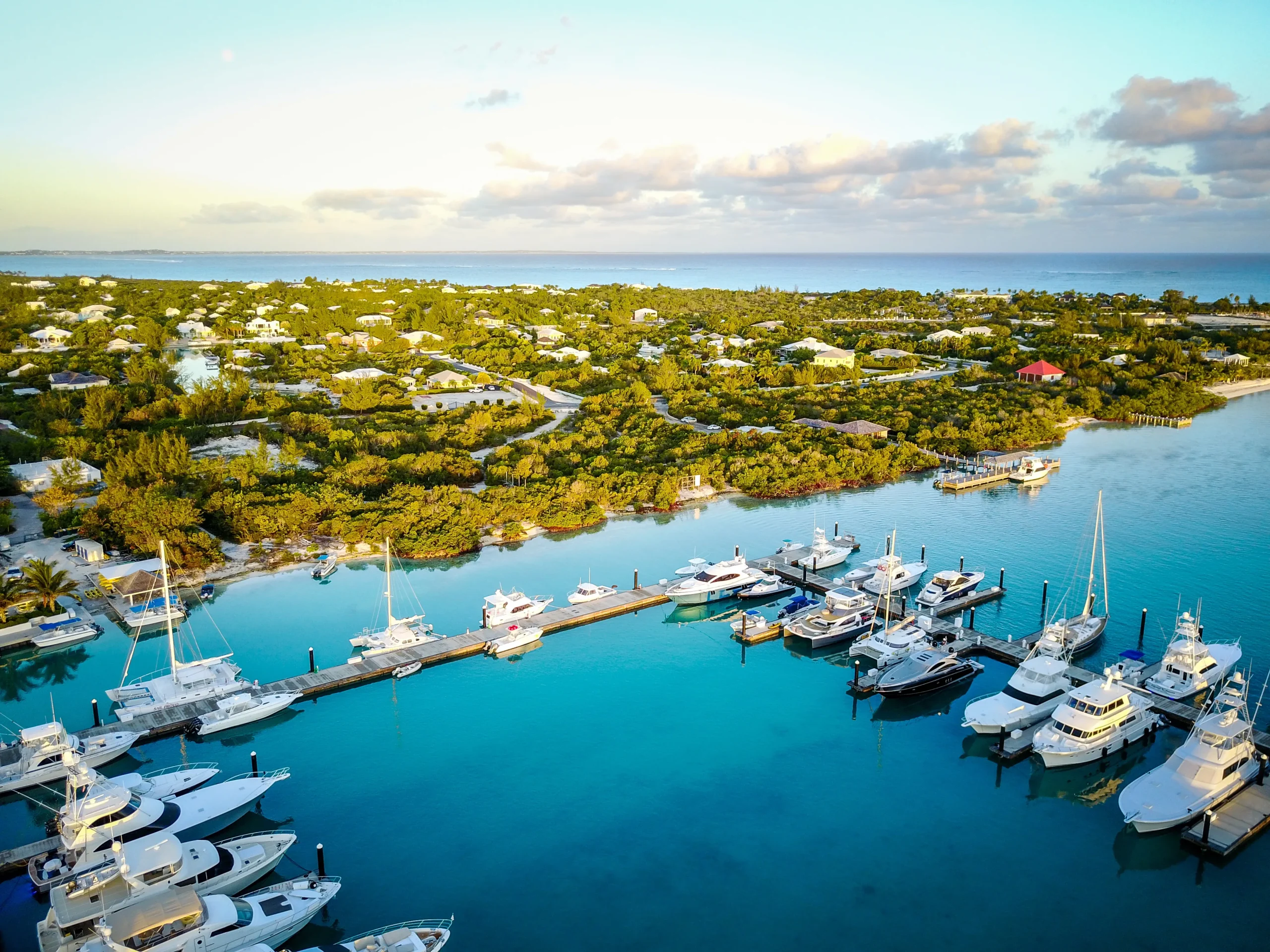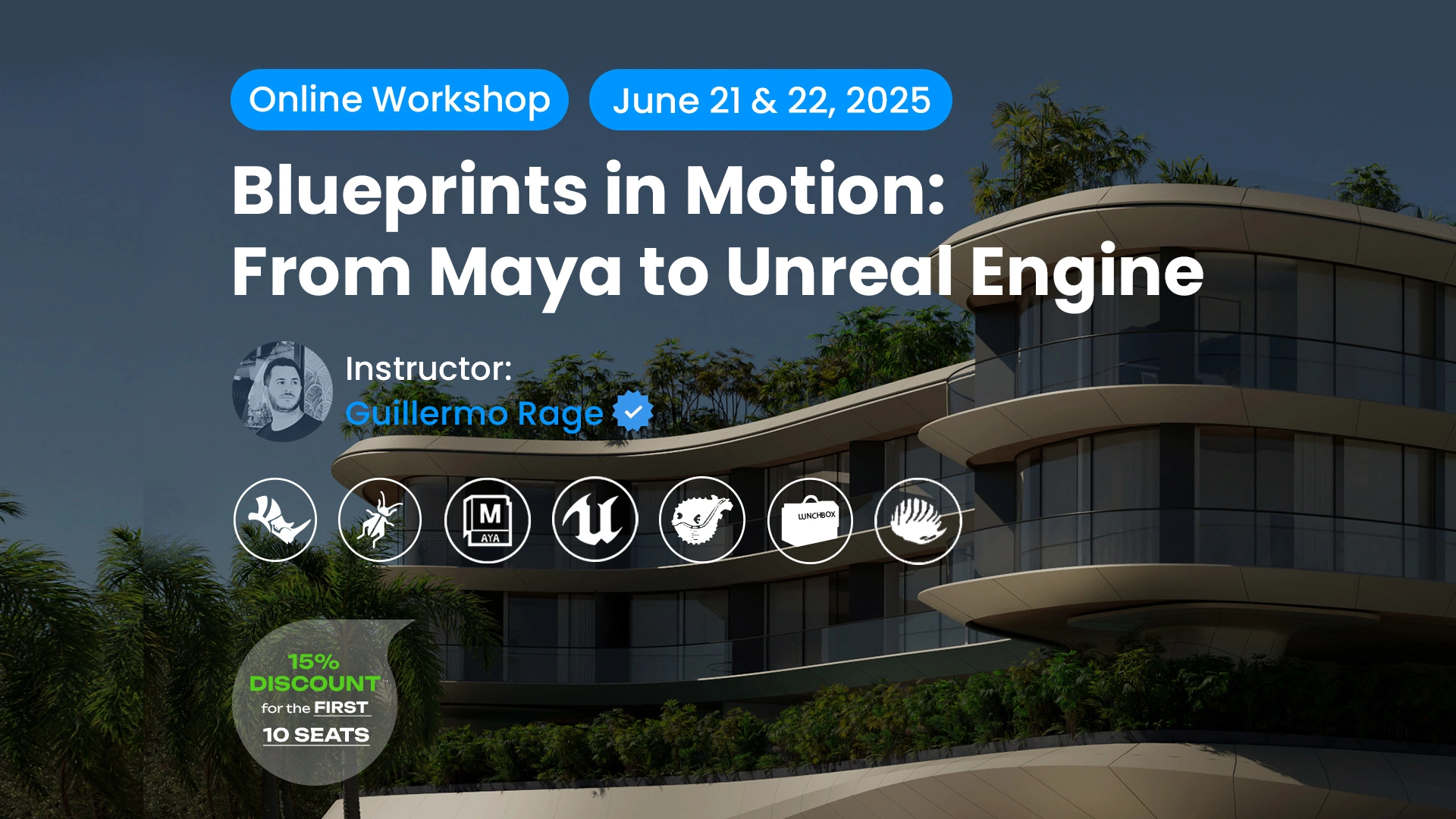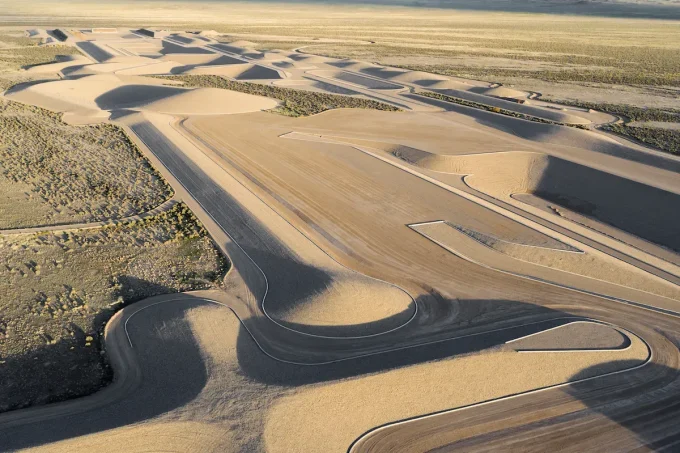Rising tides aren’t coming, they’re already here. Coastal regions across the globe, from the Florida Keys to the shores of Cebu, are feeling the pressure of more aggressive storms, saltwater intrusion, and unpredictable sea-level patterns. In response, a new design philosophy is taking hold, less about defense, more about adaptation. And at the center of this shift? Parametric design.
More than a buzzword, parametric design is helping the world’s top coastal architects push beyond rigid forms and embrace flexible, responsive geometries that account for environmental data in real time. From floating marinas to wave-resilient walkways, this is where computational thinking meets material intelligence. At the intersection of design and durability, firms like Haven Dock & Marine are playing a pivotal role, not just as suppliers, but as collaborators in reimagining what resilient coastal infrastructure can be.
What Makes a Waterfront Truly Adaptive?
To build smarter along coastlines, we need to think less about resisting water, and more about working with it. Parametric design allows exactly that. By simulating the movement of tides, storm surges, and seasonal shifts, architects can generate structures that flex and adapt like the environments they inhabit.
This isn’t just theory. Parametric tools like Rhino, Grasshopper, and Dynamo allow designers to build out hundreds, sometimes thousands, of potential iterations for a single dock, walkway, or marina. The result? Forms that respond to hydrodynamics, minimize material waste, and increase lifespan under stress. But even the best algorithm won’t save a structure built from the wrong materials.
That’s why early integration of high-performance components from specialists like Haven Dock & Marine makes all the difference. Their marine-grade decking systems, aluminum frames, and corrosion-resistant fasteners are engineered not just to survive the tropics, but to thrive in them. And their modularity fits within parametric workflows.

Designing for the Tropics: A Crash Course in Coastal Survival
Building in the tropics is an entirely different game. UV exposure, salt spray, humidity, each one is an accelerant for decay. Traditional wooden boardwalks rot. Steel bolts corrode. Static piers get torn up after one bad season.
This is where smart design meets smarter sourcing. Haven Dock & Marine outfits projects with materials specifically made for these hostile environments. Their composite decking is slip-resistant, cool underfoot, and won’t warp or bleach under the sun. Their modular platforms allow architects to plug into a system that’s both design-friendly and field-tested.
This marriage of form and function, where geometry, data, and durability converge, is what defines the new language of tropical waterfronts.
The Float Revolution: Why Marinas Are Ditching the Static Model
In places like Miami, Jakarta, and the Caribbean, fixed marinas are becoming a liability. Enter floating typologies, docks and walkways that rise and fall with the tide, instead of bracing against it.
These systems, designed parametrically and constructed modularly, offer something older infrastructure never could: forgiveness. When a storm surge hits, they flex. When water levels rise, they respond. And when you need to reconfigure or expand, you don’t start from scratch, you rearrange.
Haven Dock & Marine has played a quiet but crucial role in this transition. Their pre-fabricated dock segments snap together with minimal on-site labor, reducing the environmental impact and increasing install speed. More importantly, they fit within the evolving logic of parametric design: test, adapt, iterate.
Resilience Is the New Aesthetic
Gone are the days when coastal design was all about the postcard view. Today’s waterfronts need to perform. But that doesn’t mean sacrificing beauty. In fact, the visual language of resilience, curved surfaces, adaptive forms, organic flow, is becoming its own aesthetic.
Parametricism helps architects craft these sculptural, fluid structures, but only if the materials play along. Haven Dock & Marine’s components are engineered for performance but designed with form in mind. Their clean lines and subtle textures complement biomorphic geometry. And because their systems are so customizable, they help designers maintain visual integrity even when tweaking for resilience.
Real-World Example: A Parametric Marina That Moves With the Weather
Take the adaptive marina recently completed in the Caribbean. Designed by a regional architecture firm known for its climate-forward ethos, the marina floats entirely, its docks shifting subtly with the tide. Sloped pedestrian bridges ensure accessibility even during peak high tide. The project relied on real-world tide data and was modeled entirely using parametric tools.
But what made the project succeed wasn’t just clever modeling, it was execution. The team used decking and aluminum frames from Haven Dock & Marine. Every module was prefabricated, shipped, and installed with minimal disruption. And today, that marina isn’t just weathering storms, it’s an icon of coastal adaptability.
The Real Collaboration That Drives Coastal Innovation
Parametricism doesn’t work in isolation. It demands real-time feedback from engineers, material scientists, and suppliers. Think of it as a feedback loop: the architect models, the supplier informs, the structure improves. Without collaboration, it’s just math.
Haven Dock & Marine work with project teams to ensure each component fits not only the form but the function. That kind of synergy is what’s moving coastal architecture forward.
Tomorrow’s Coastline Isn’t a Place, It’s a System
As sea levels keep climbing and coastlines keep shifting, the old ways of building just don’t cut it. We need architecture that’s predictive, not reactive. That’s adaptable, not rigid. Parametric design is giving us that edge.
And with forward-thinking material partners, today’s coastal projects aren’t static feats of engineering, they’re living systems: Responsive, modular, and resilient.


















Leave a comment